As you read this article, you will learn how to measure your email deliverability and troubleshoot various factors that affect whether your emails reach the Inbox.
How to start a deliverability check –>
How to review test results (with tips to improve deliverability) –>
What is email deliverability & email delivery?
Before your email reaches the recipient’s inbox, it goes through two stages: email delivery and email deliverability.
Email delivery refers to the successful arrival at the recipient’s email server without bouncing back.
Email deliverability, is the email’s ability to reach the Inbox and avoid filters that would direct it to the Promotions, Categories, or Spam folders.
High deliverability is crucial for a campaign’s success — it increases the number of emails that reach the Inbox and receive engagement.
How to measure deliverability
With Snov.io’s Deliverability check, you can test how well your emails will be delivered to leads’ inboxes and fix various issues that affect your sender reputation.
Using Deliverability check, you can:
–> Check your email domain’s technical setup.
–> Ensure your email content doesn’t trigger spam filters.
–> Get Domain health score and Inbox score.
Step 1: Create a test
Always measure your deliverability before and during campaigns.
These campaign metrics are signals to run a test:
–> If your email open rate is below 30%.
–> If your bounce rate is above 10%.
In your Snov.io account, find the Deliverability section in the menu at the top.
On the Deliverability Check page, click Get started.
Step 2: Choose email account
On the test setup page, click Choose account and select a mailbox from the pop-up window.
The list includes all accounts previously connected to Snov.io.
You can test one account at a time – if you have multiple sender accounts, create a separate test for each.
Step 3: Add email content
Next, add the email content for the check. Select from the following options:
–> Option 1: AI-powered (default)
This option uses AI-generated content in the test emails.
Best for: If you want to test the overall condition of your email account.
–> Option 2: Template
This option allows you to choose a specific email template you’ve previously saved.
Best for: For testing the deliverability of a specific email template.
–> Option 3: New email
Type or paste your email text into the built-in email editor. It will be checked for spam words.
You can also add images, links, and attachments to check if there are any issues.
Best for: Testing the email copy you plan to use in campaigns and checking how well it is delivered.
Step 4: Start test
Snov.io conducts a test by sending a series of emails from your email account to our specially maintained system mailboxes. They are regularly updated and verified to ensure the test accuracy.
Each test deducts 25 credits from your balance. If a test can’t start due to connectivity issues with your mailbox, we’ll refund the credits within 15 minutes.
If the test is successful, you’ll get a Domain Health score almost instantly.
Results for Email Placement—how your email is categorized (like Inbox or Spam) by providers—might take longer. Usually, the test completes within a few seconds to 3 minutes.
If the email providers who receive test emails are experiencing issues, the full test can take up to 10 minutes.
During the test, we analyze multiple factors such as your sender reputation, your domain’s DNS settings, and the email content.
This comprehensive analysis helps us provide you with detailed results so you know what affects your deliverability.
Step 5: Review test results
The test results provide two key metrics:
–> (1) Domain health:
Domain health score reflects the technical condition and trustworthiness of your email domain.
It is calculated based on the status and accuracy of DNS records — they are used for email authentication and increase your sender reputation.
You’ve passed the check if: your domain health is 75-100%.
A score below 100% means that some DNS records are missing/incorrectly configured and need to be updated.
Sending campaigns with a score below 75% is not recommended — it may negatively affect your deliverability. Review advanced test results under the Details section to improve your score.
–> (2) Email placement:
Email placement score shows how your test emails were categorized.
The Inbox score shows the percentage of emails that went to the main Inbox folder.
You’ve passed the check if: your Spam score is below 2%; Categories is below 10%.
If the spam rate is above 2%, or Categories rate is above 10%, it means certain aspects need improvement.
Sending campaigns with a Spam score above 10% or Categories rate above 40% is not recommended.
Review advanced test results under the Details section to improve your score.
Advanced test results
Here we provide detailed information for each metric separately.
–> Domain health
In this section, you can see the status of your domain’s DNS records.
Email providers consider domains with valid DNS records as more reliable, confirming that an email is sent from a trusted sender.
If any parameter is missing, click on the corresponding section to view instructions on how to set it up.
How to improve domain health:
Ensure all required DNS records (like SPF, DKIM, and DMARC) are properly set up and have valid status.
Valid DNS records boost your domain’s health score and enhance your sender reputation.
–> Email placement
In this section, you can view the folders where your test emails were delivered:
- Inbox: The ideal destination for an email’s visibility.
- Categories: Indicates your email is seen as promotional.
- Spam: Potential issues with email content or sender reputation.
- Not Delivered: Your test emails were rejected by the receiving email server.
The test mailboxes include several popular email providers: Google Workspace, Microsoft, Namecheap (Private Email), Zoho, Amazon Workmail. They are selected due to their widespread use.
This helps you effectively track and optimize how your emails perform across different email clients.
How to improve email placement:
Your email placement largely depends on your sender reputation and the content of your emails.
- If the Spam rate is above 2% or Categories rate.
- If they are above 10%, consider pausing any ongoing campaigns and start a warm-up –> to increase your reputation.
- If the Not delivered rate is above 10%: pause your active campaigns, start a warm-up and work on improving your domain health and email content.
Each provider may use their own criteria to filter emails and protect their users from spam.
You should adhere to the sender guidelines of major providers, as they are applicable to other providers as well.
Read how to comply with Google’s requirements for senders –>
Next, review and improve your email content to avoid spam filters.
–> Email content
In this section, you can see what in your email’s content affects its deliverability and how to prevent it from being flagged as spam.
- Email content for spam-triggering words: Our system scans for specific words or phrases that could activate spam filters.
- Image size and format: We ensure that your images are of the optimal size and format. This is important for quick loading and correct display on the recipients’ screens.
- Added links: We confirm that all inserted links are accurate and work correctly when clicked.
How to improve email content:
- Remove spam trigger words;
- Compress large images to improve email loading speed;
- Replace broken links.
- Follow best email writing practices: keep your email text short, personalized, and full of value for the recipient.
What’s next:
Remember, real-campaign situations are tougher than test conditions, and there are additional factors that should not be ignored.
To be fully prepared for campaigns:
- Do regular deliverability checks before launching campaigns and while sending them.
- Always do a proper warm-up period –>
- If you have multiple sender accounts, use Mailbox rotation –> and do deliverability checks for each of them.
Here are some additional tips to achieve best results in campaigns:
1) Send campaigns to targeted leads
Don’t send generic emails to random prospects.
Learn how to collect your leads based on your ideal customer profile –>
Accurate lead targeting + relevant email content = increase in engagement → increase in reputation → increase in deliverability.
2) Be consistent in email sending volumes
Don’t overload your sender accounts. ESPs (Email Service Providers) and spam filters view the sending of large volumes of emails daily as spamming.
A safe volume per account to avoid risking the sender’s reputation is 50-100 emails per day.
3) Maintain positive sender reputation
Your sender reputation is a score that email providers assign to your domain – the higher the score is, the more likely you’ll land in the inbox.
To build a good reputation:
If you have a question that we haven’t covered, feel free to reach out to our Customer Care team. You can contact us at help@snov.io or through live chat. We’re here to assist you!
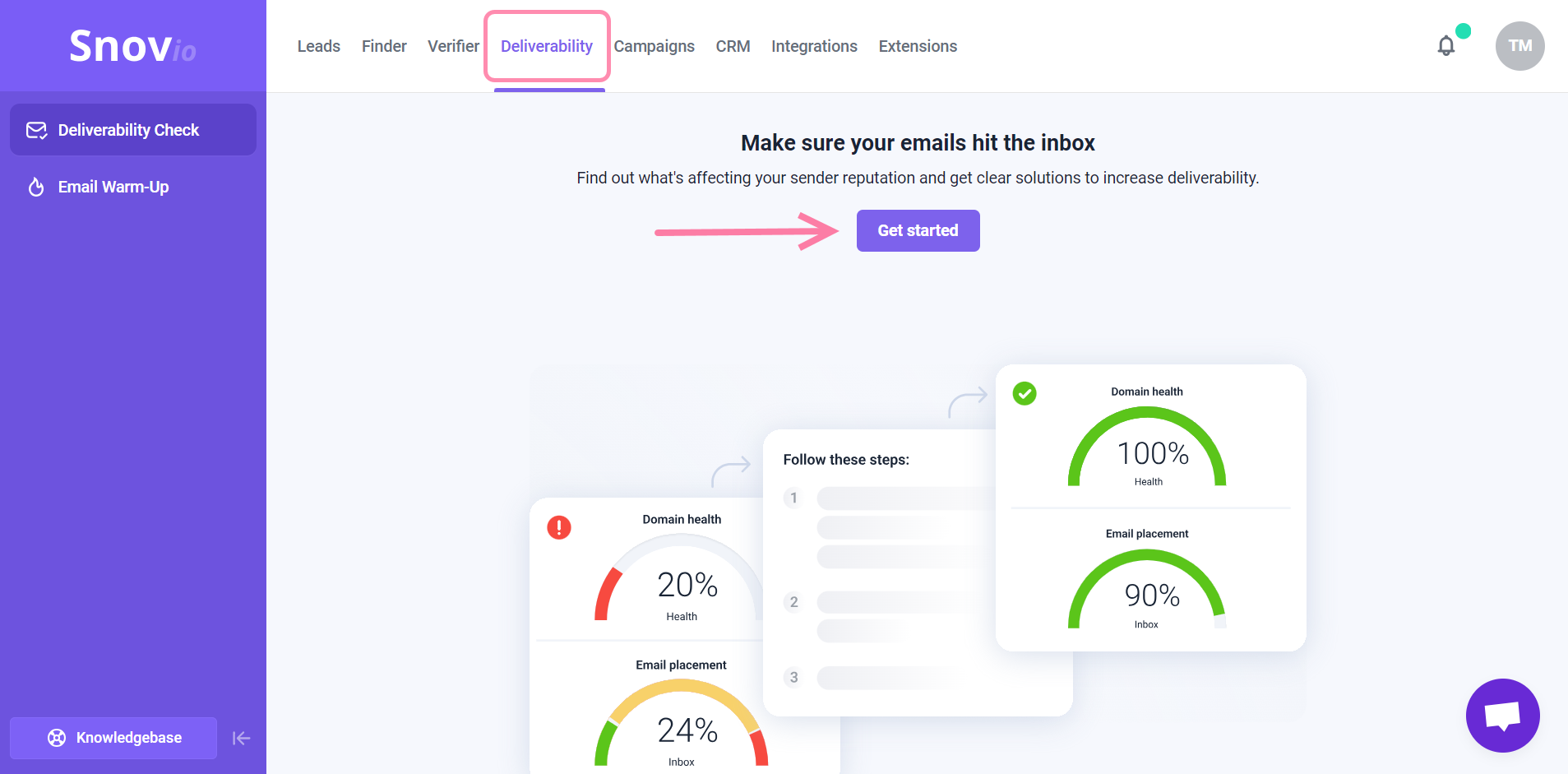
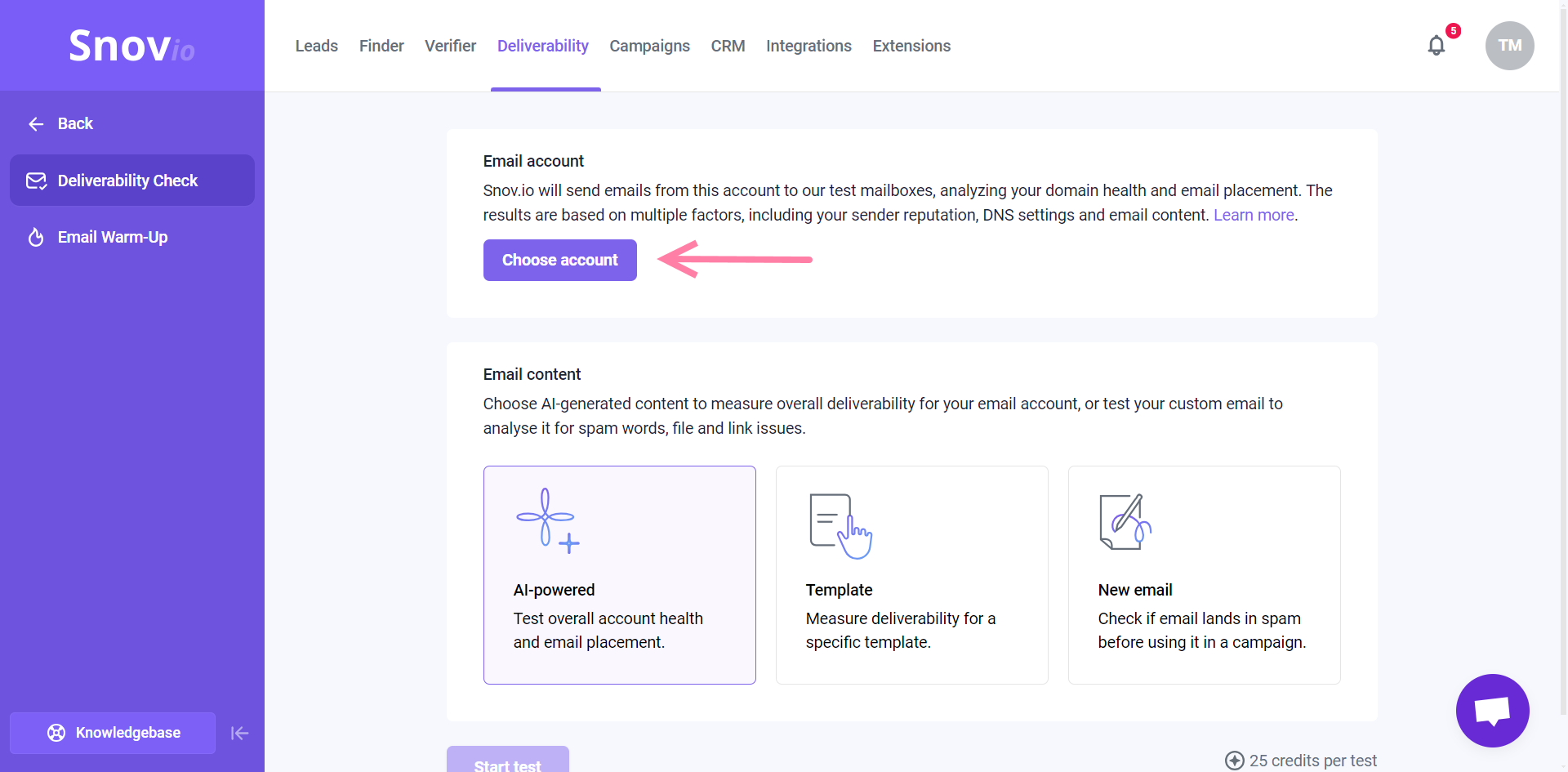
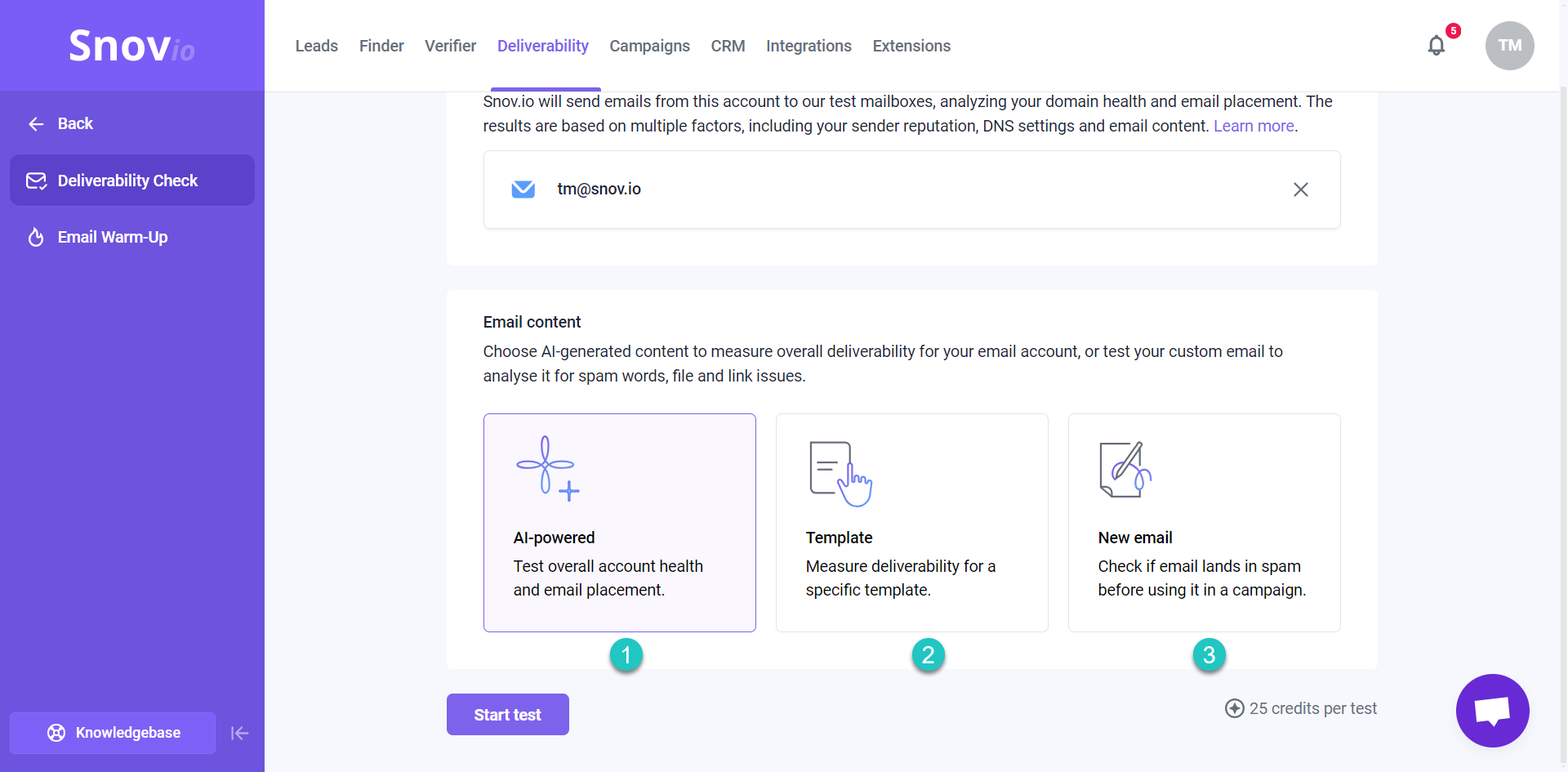
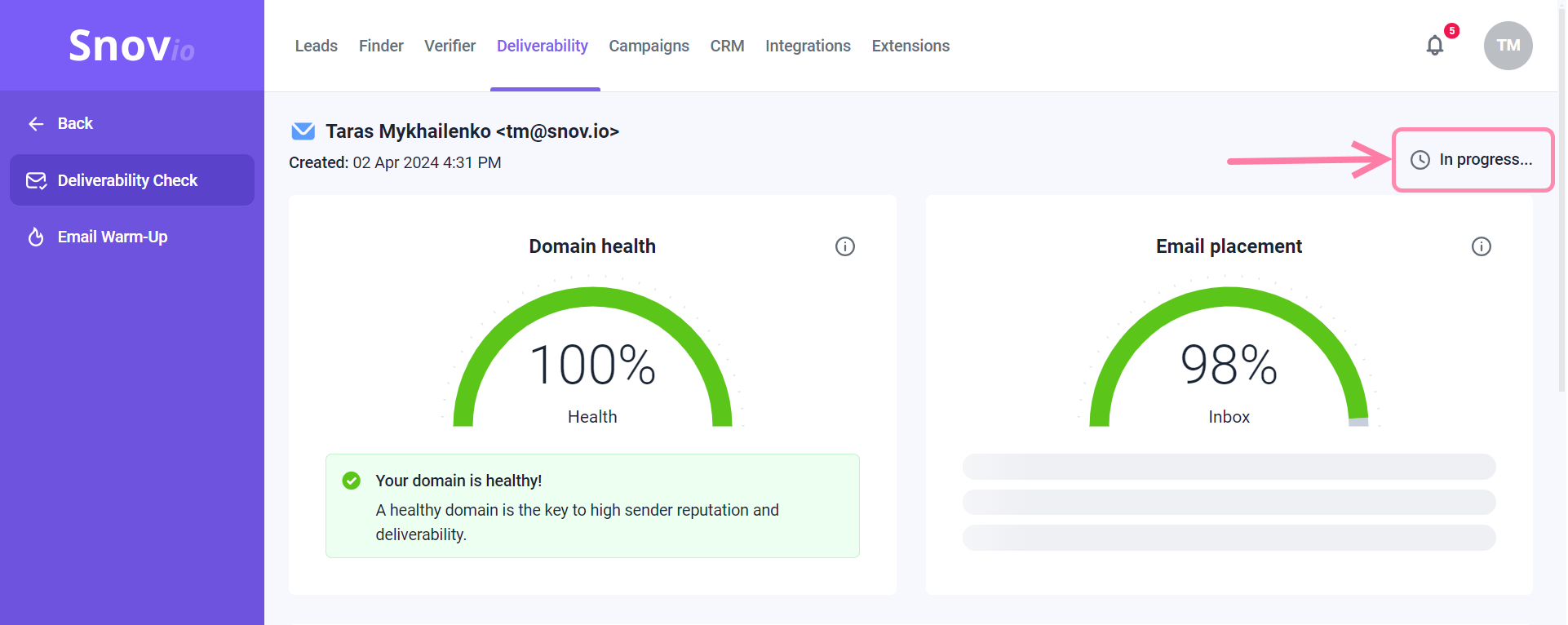
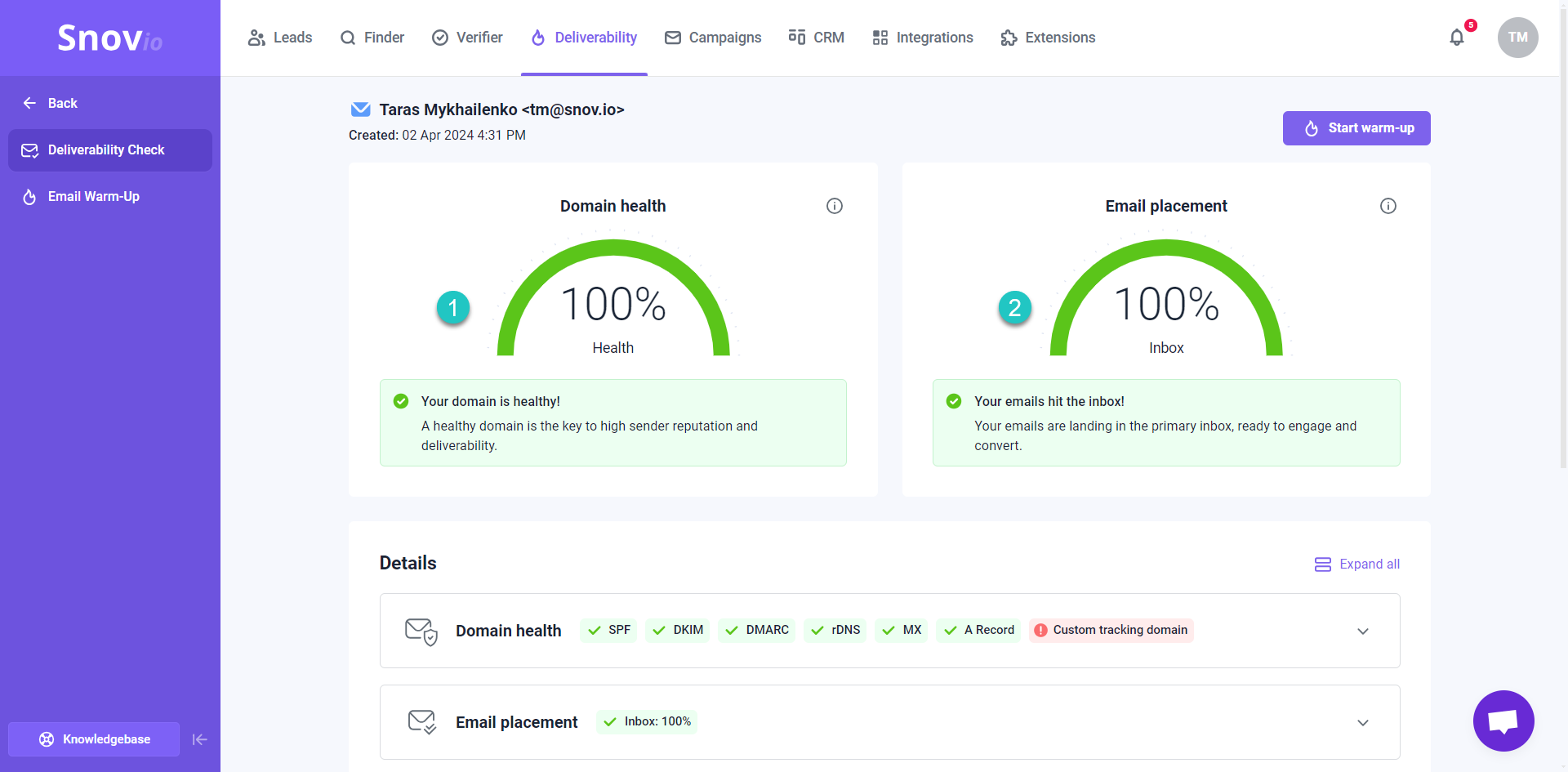
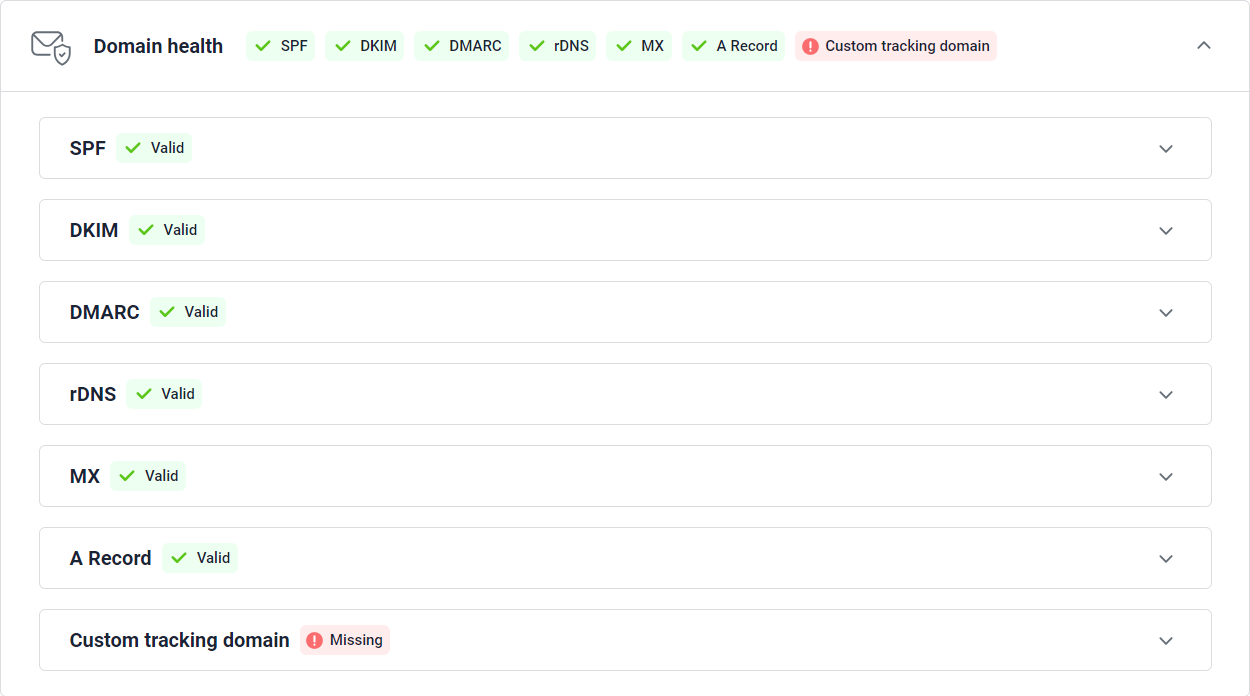
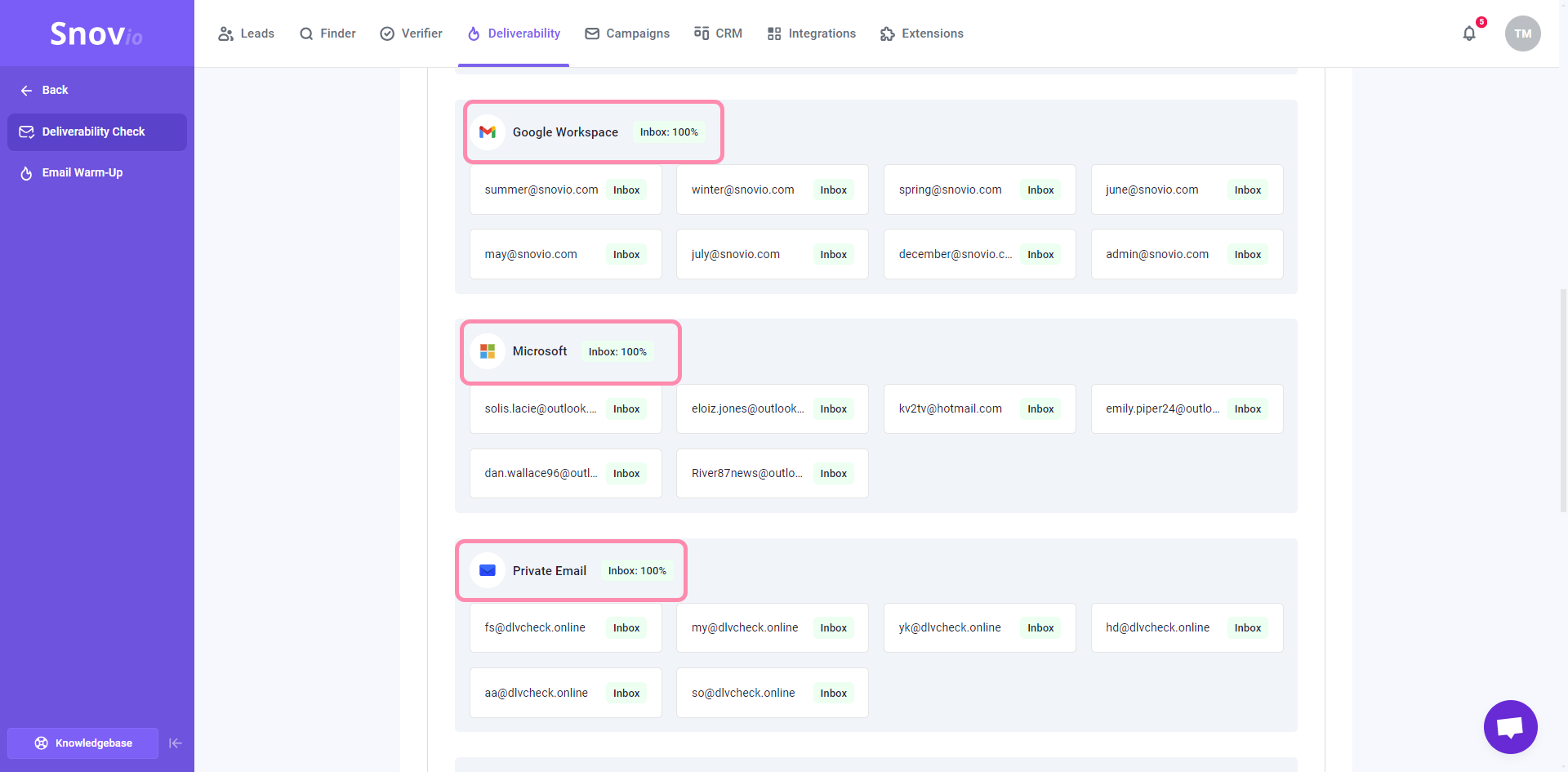
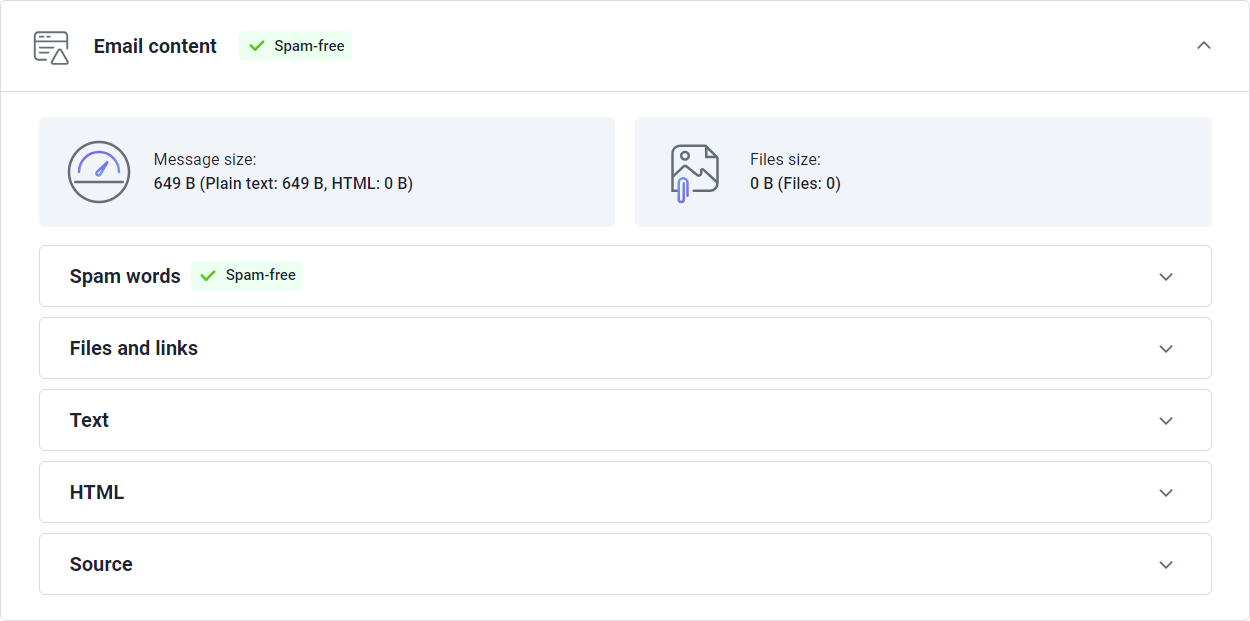


Sorry about that 😢
How can we improve it?